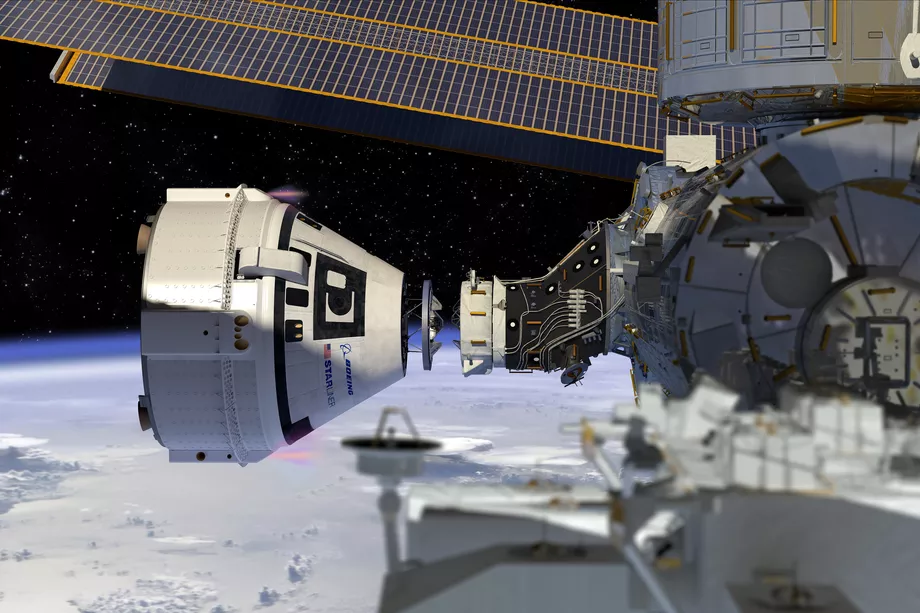This would completely restructure the first crewed trip for Starliner, which was only meant to be a test flight. As part of NASA’s Commercial Crew Program, both Boeing and SpaceX have been developing private vehicles to transport astronauts to and from the ISS. But before the companies can start doing full missions to the station, NASA wants each spacecraft to do two test flights to the ISS first: one without people on board and then one with crew. The two-person test flights are simply meant to demonstrate that the vehicles can keep passengers safe on the way to and from orbit. Full operational missions will last for months at a time and have up to four crew members on board.
Now, Boeing’s test flight is looking more like a full crewed mission — the kind that it will be doing regularly once its Starliner is qualified for flight. That may be because NASA is running short of ways to get its astronauts to the ISS. NASA astronauts currently fly to the station on Russian Soyuz rockets, and the space agency has seats booked on flights of the vehicle for the next two years. The last Soyuz that will carry NASA astronauts will take off in fall 2019. After that, NASA will need to rely on its Commercial Crew partners to take astronauts to and from the ISS.
There’s concern that SpaceX and Boeing won’t be ready to support full months-long missions for a while. Originally, the two companies were supposed to have their vehicles certified for crew by this year. But the Commercial Crew program has suffered numerous setbacks, and now, both companies are scheduled to do their first crewed flight tests later this year. After the tests are over, it could take up to six months before the companies are ready to begin full missions.
Chances are high the upcoming test flights will be delayed, too. A recent audit from the Government Accountability Office predicts that neither SpaceX nor Boeing will be ready to do full missions until late 2019 or early 2020. By turning Boeing’s flight test into a full mission, NASA hopes to preempt any potential gaps in access to the ISS, and an extra astronaut will keep NASA’s total crew on board the station about the same.
A longer test flight could have more benefits than just continuous access to the station, though. NASA says it could lead to more microgravity research and more maintenance of the ISS. However, the change isn’t a done deal yet, as NASA needs to figure out if it can accommodate a longer test flight. “Turning a test flight into more of an operational mission needs careful review by the technical community,” said William Gerstenmaier, NASA’s associate administrator for human exploration and operations, said in a statement. “For example, the spacecraft capability to support the additional time still needs to be reviewed.”
However, Boeing says it’s ready to make the change. “It was clear to us that we needed to provide NASA with additional flexibility to ensure the station remains fully staffed and fully operational until the Commercial Crew Program providers can pick up a more regular cadence of flying long-duration crew rotation missions,” Boeing said in a statement to Florida Today.
The Verge
















































